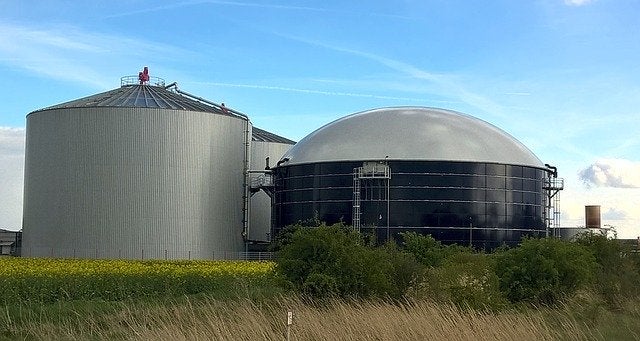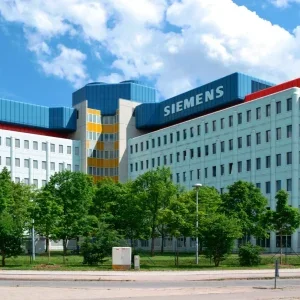
Brightmark, a waste to energy development firm, has collaborated with a total of six farms in the Western New York region, to expand its Yellowjacket dairy biogas project.
The six farms participated in project expansion include Boxler dairy farm in Varysburg, Lamb Lakeshore Dairy in Wilson, Lamb Farms in Oakfield, Lawnhurst Farms in Stanley, Swiss Valley Farms in Warsaw, and Zuber Farms in Byron.
Lawnhurst Farms owner Don Jensen said: “We’re really committed to protecting the environment and doing what’s best for the local community.
“We are excited to have the opportunity to partner with Brightmark to convert from generating electricity to producing RNG. This process will greatly reduce operational costs and with this technology increase the return on our investment.”
Yellowjacket project will process 265,000 gallons of dairy manure per day
Along with two other new farms, the Yellowjacket project is said to process 265,000 gallons of dairy manure per day to extract methane and convert it into renewable natural gas (RNG) and other products.
The company said that an upgrade of gas equipment across all of the farms is expected to be completed in early 2021, and enable the project to produce around 305,000MMBtu of RNG per year.
The farms are previously equipped with anaerobic digesters, which produced electricity for onsite use by farms and transmission to the local electric grid. However, few digesters have become outdated, with more than 10 years in service, and incurred more costs.
Brightmark will invest in upgrading each digester, enabling them to clean the methane gas and convert it into RNG, which is expected to be injected into a local interstate gas pipeline, in addition to its use in heating or transportation.
Brightmark CEO Bob Powell said: “We’re excited to expand our footprint in Western New York through the expansion of the Yellowjacket RNG project.
“We’re proud to partner with farmers who are on the leading edge of sustainability so that they can improve their bottom lines while being good stewards of their local environment.”






